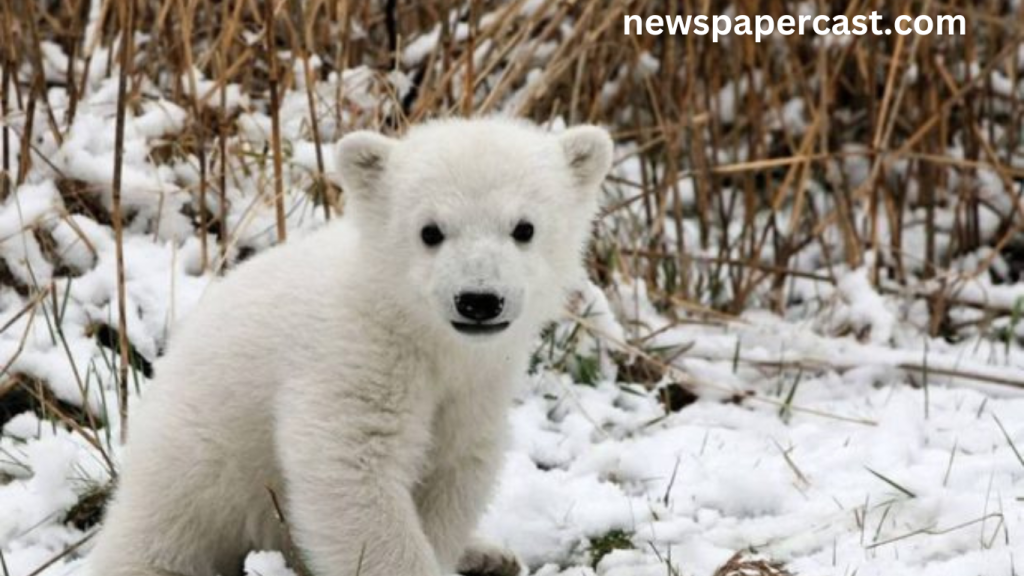Snow-covered regions host some of the most resilient creatures on Earth. These snow animals have evolved to withstand frigid temperatures, scarce food, and deep snow through incredible adaptations that ensure their survival in harsh environments.
Fur and Feather Insulation
One of the primary tools snow animals use to survive the cold is insulation. Thick fur and dense feathers trap body heat and create a barrier against the cold. Arctic foxes grow an extra layer of fur in winter, while birds like the snowy owl puff up their feathers to retain warmth.
Body Fat and Energy Storage
Many snow animals accumulate body fat before winter sets in. This fat not only provides energy during times when food is scarce but also acts as insulation. Polar bears, for instance, carry a thick layer of blubber that protects them even in icy waters.
Camouflage and Seasonal Color Changes
Several snow animals change color with the seasons to stay hidden from predators or sneak up on prey. The snowshoe hare turns white in winter to blend with snow-covered ground and brown again when the snow melts. This dual adaptation helps with both survival and hunting.
Read More : Meet 10 of the World’s Most Adorable Frogs
Behavioral Adaptations and Hibernation
Some animals conserve energy by slowing down their metabolism. Bears are a classic example of hibernators, entering a state of deep sleep that allows them to survive months without eating. Other animals, like the Arctic ground squirrel, drop their body temperature dramatically to conserve energy through a type of hibernation called torpor.
Snow Mobility and Physical Adaptations
Surviving the cold also means being able to move through the snow. Animals like lynxes and snowshoe hares have large, wide feet that act like snowshoes, helping them walk on snow without sinking. Reindeer have hooves designed for traction on icy surfaces and for digging through snow to find food.
Specialized Diets for Winter Survival
Finding food in snow-covered environments is challenging. Some animals, like caribou, rely on lichen, which they see beneath the snow. Others store food in advance—squirrels and pikas create caches to eat from throughout the winter season.
Group Living and Warmth Sharing
Certain species survive the cold by sticking together. Emperor penguins huddle in large groups to share body heat, taking turns on the outer edges and in the warmer center. This teamwork helps reduce individual heat loss and ensures the group’s survival in extremely low temperatures.
Adaptations in Reproduction and Growth
In snowy regions, some animals adjust their breeding cycles to ensure offspring are born during milder conditions. For example, Arctic wolves often give birth in spring, allowing pups to grow during the summer before the next harsh winter begins. Young animals also grow faster in these regions to build fat and fur before the cold returns.
Frequently Asked Questions
How do animals survive in snow-covered regions?
Animals survive through physical adaptations like thick fur, fat layers, and behaviors such as hibernation.
Do snow animals change their color?
Yes, many animals like the snowshoe hare change color to blend with their environment, ensuring better survival.
What do snow animals eat during winter?
Snow animals have specialized diets, such as eating lichen, stored food, or hunting for prey that survives the cold.
How do snow animals stay warm in extreme cold?
Snow animals use insulation from fur, feathers, body fat, and sometimes huddle together to conserve heat.
Are there any snow animals that hibernate?
Yes, animals like bears, Arctic ground squirrels, and certain amphibians enter hibernation to survive the winter months.
Why do some animals have large feet in the snow?
Large feet help animals like snowshoe hares and lynxes distribute their weight across snow, preventing them from sinking.
How do animals move through deep snow?
Animals like reindeer and snowshoe hares have specialized feet or hooves that allow them to move easily in snow.
How do snow animals reproduce in harsh winters?
Many snow animals time their reproduction to occur when warmer conditions arrive, ensuring the survival of their young.
Conclusion
Snow animals exhibit fascinating adaptations such as thick insulation, unique behaviors, and camouflage that enable them to thrive in harsh, cold environments. Their survival is a testament to nature’s resilience and ingenuity.

